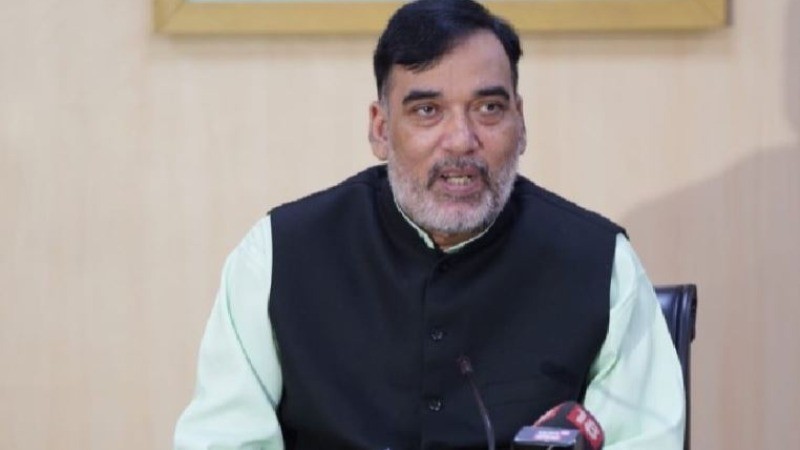
New Delhi: On Tuesday, Delhi Environment Minister Gopal Rai sent a letter to Union Environment Minister Bhupendra Yadav, requesting an urgent meeting to discuss the possibility of conducting cloud seeding as a measure to break the thick smog layer over the city. Rai called for an immediate gathering involving Delhi government officials, IIT Kanpur, and key central government agencies such as the DGCA, Ministry of Home Affairs (MHA), and Ministry of Defence, which are responsible for granting clearances for such operations.
Rai emphasized that the time has come to use artificial rainfall to address the severe pollution. He mentioned that last year, the Delhi government, in collaboration with IIT Kanpur, explored cloud seeding as a potential solution to reduce air pollution during critical periods. Preparations for cloud seeding began in August this year, but despite multiple requests, a meeting had not been convened earlier.
"The smog layer must be broken for the pollution to be reduced," said Rai. He explained that while the Delhi government has taken several steps to address the crisis, including banning BS-III petrol vehicles, BS-IV diesel vehicles, and trucks and diesel buses from outside Delhi, further measures are necessary. Schools for classes 10 and 12 have been closed, and office hours have been staggered to reduce pollution exposure. A decision on work-from-home arrangements is expected soon.
Rai stressed the need for an emergency meeting with the Union Environment Minister to expedite actions that can be implemented on the ground. "We are considering the odd-even scheme, but experts are questioning its effectiveness given the number of restrictions already in place," he said.
He also pointed out that pollutant particles have mixed with the smog, worsening air quality. "The smog will only break if wind speeds increase or if it rains," Rai added. He noted that some areas in the National Capital Region (NCR) are violating the Graded Response Action Plan (GRAP) rules, and once the smog is cleared, the Air Quality Index (AQI) is expected to drop to 350.
Delhi's AQI has remained in the "severe" category for several days, with PM2.5 levels exceeding 400 µg/m3—far higher than the World Health Organization's safe limit of 15 µg/m3 for 24-hour exposure. In response, the Commission for Air Quality Management (CAQM) has activated Stage-IV of the GRAP, which includes measures such as banning truck entry and halting public construction projects.
Delhi-NCR Pollusion LIVE: Severe Air Pollution Sparks Medical Emergency Across Northern India
White-Category Industries No Longer Need Pollution Control Clearance
Delhi's Air Quality Deteriorates, Many Areas Cross Into Severe Zone